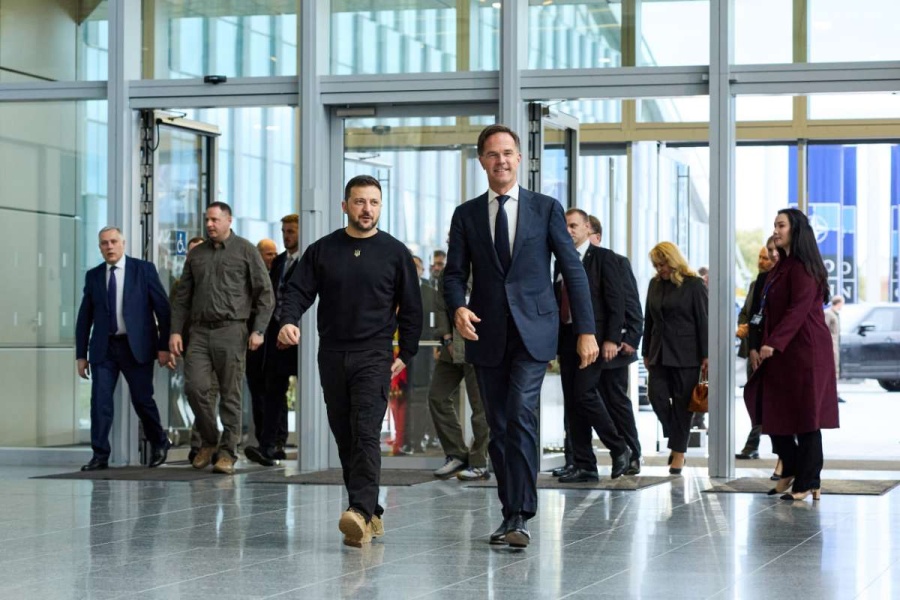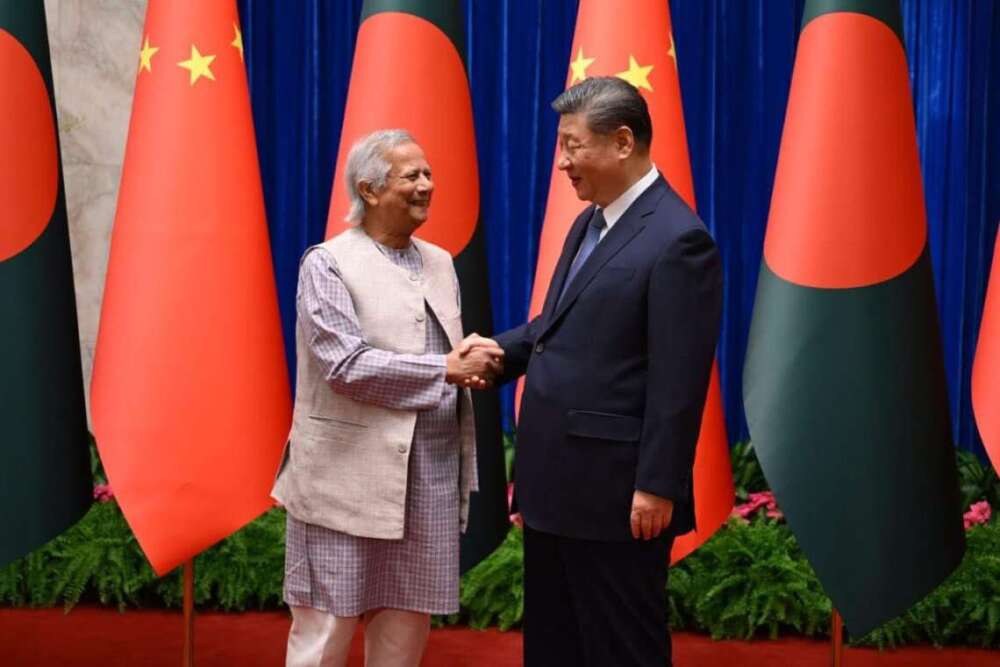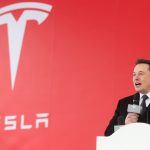Ukraine wants an immediate invitation to join Nato, with membership later, but in the transatlantic alliance this is widely seen as unrealistic…reports Asian Lite News
Volodymyr Zelenskyy has urged European leaders to issue an “immediate invitation” to Ukraine to join Nato as he pitched his “victory plan”, which he said would end the war in 2025 at the latest.
Addressing the EU’s 27 leaders at a Brussels summit, Ukraine’s president outlined his five-point plan, which urges allies to lift restrictions on the use of long-range weapons on military targets inside Ukraine’s occupied territories and Russia, as well as to help increase air defences.
Ukraine wants an immediate invitation to join Nato, with membership later, but in the transatlantic alliance this is widely seen as unrealistic.
“If we start now and follow the victory plan, we can end this war no later than next year,” Zelenskyy told EU leaders. A “deterrence package” on Ukrainian land, he said, “would either force Russia to participate in real peace negotiations, or allow for the destruction of their military targets”.
“Putin must just see that his political calculations are worthless,” he added.
Zelenskyy’s visit comes at a perilous moment for Ukraine, which is steadily losing ground to Russian forces in the eastern Donbas, ahead of a daunting winter that also brings the possible return of Donald Trump to the White House.

Speaking to reporters, Zelenskyy described how he gave Trump a detailed account of the 1994 Budapest memorandum signed by Russia, the US and the UK, under which Ukraine, Belarus and Kazakhstan agreed to give up their nuclear arsenals, inherited from the Soviet Union, in exchange for guarantees their sovereignty would be respected “within existing borders”.
In a rhetorical flourish he said Ukraine faced a choice between resuming nuclear weapons and Nato membership, adding: “We are not choosing nuclear weapons, we are choosing Nato, and I think that Donald Trump heard me.”
Zelenskyy declined to give further details of his conversation with the former US president, who has repeatedly claimed he could end the war in a day, without offering any explanation. Trump’s running mate, JD Vance, has set out a peace deal that would mean Kyiv giving up large swaths of occupied land to Russia.
The Ukrainian leader also said his intelligence services believed 10,000 North Korean soldiers were preparing to join the war on the Russian side, “a really urgent” matter he said he had discussed with the US president, Joe Biden.
Some North Korean officers are already thought to be on occupied territory in Ukraine. Zelenskyy suggested Putin was turning to allies to provide troops because he feared domestic mobilisation would prompt a public backlash.
The Ukrainian discussed the war with the leaders of 27 EU countries, mostly Nato members, before heading to the alliance headquarters to meet the secretary-general, Mark Rutte, and Nato defence ministers. He has already been to Washington, Paris, Berlin, Rome and London to make the case for his plan.
Rutte, who became the top civilian official at the 32-member alliance earlier this month, said he could not say when Ukraine would become a member. Nato’s members, he said, would have to study the plan in detail.
The US and Germany, the two largest donors of military aid to Kyiv, remain opposed to imminent Nato membership, fearing it would put the alliance on a collision course with nuclear-armed Russia. Many other Nato members view the demand for an immediate invitation as unrealistic.
In an attempt to get the US on side, Ukraine is offering, after the war, to replace US soldiers stationed in Europe with Ukrainian units trained to Nato standards. “After this war, Ukraine will have one of the most experienced and largest military contingents,” states the text of Zelenskyy’s peace plan. “By replacing certain US contingent with the Ukrainian contingent, the United States will be able to use its released troops to perform other security tasks outside Europe.”
Ukraine also has an uphill task to convince Germany. The German chancellor, Olaf Scholz, arriving at the summit, said: “You know Germany’s position on the issues involved. This will not change.”
Zelenskyy also has to contend with Viktor Orbán, Hungary’s Russia-friendly prime minister and a serial disruptor of EU support for Ukraine. Before the summit Orbán described Zelenskyy’s victory plans as “more than frightening” and once again urged the EU to change its approach because “we are losing this war”.
Hungary is the obstacle to US participation in a $50bn international loan, backed by Russia’s frozen assets in the west, to help Ukraine stay financially afloat. Washington has said it will only participate if the EU agreed to extend its Russia sanctions to three years, rather than the current six-month rollovers. Hungary says it cannot make this decision until after the US election.
In an attempt to “Orbán proof” finance for Ukraine, the EU has already agreed to loan €35bn (£29bn), with the UK and Japan expected to make up the rest of the €46bn. But officials would prefer the US to join the plan, reducing the EU’s share of the liability.
Lithuania’s president, Gitanas Nausėda, urged western allies to support Ukraine to press the Russian president, Vladimir Putin, to the negotiating table: “Right now he thinks he is prevailing. He thinks Russia is pushing Ukraine to the corner. And this is the worst moment to start negotiations … because Russia feels to be the stronger side.”
ALSO READ: Govt to back NATO space launch capabilities














